What is hydraulic moulding machine?
Feb. 19, 2024
A hydraulic molding machine is a type of injection molding machine that utilizes hydraulic power to operate various components of the machine, including the clamping system, injection unit, and ejector mechanism.
Working Principle:
The working principle of a hydraulic molding machine involves several key components:
Clamping System: Hydraulic cylinders apply force to the mold halves, securely closing them together to hold the mold in place during the injection process.
Injection Unit: Hydraulic motors drive a reciprocating screw or plunger, which melts and injects molten plastic material into the mold cavity under high pressure.
Ejector Mechanism: Once the molded part has cooled and solidified, hydraulic cylinders push ejector pins or plates to release the finished part from the mold cavity.
Advantages:
Hydraulic molding machines offer several advantages:
High Force and Pressure: Hydraulic systems can generate high clamping forces and injection pressures, allowing for the production of complex and precision-engineered plastic parts.
Versatility: Lost Foam Casting Hydraulic molding machines can accommodate a wide range of materials and mold configurations, making them suitable for diverse manufacturing applications.
Reliability: Hydraulic systems are known for their durability and reliability, providing consistent performance over extended periods of operation.

Can an ozone machine get rid of old house smell?
The Principle of Pre-Foaming Machine
5 Key Advantages of Sand Storage Hoppers
How does a pneumatic Sand Conveying System work?
What is the most profitable scrap metal?
What is the process of SMT equipment?
Disadvantages:
Despite their advantages, hydraulic molding machines also have some limitations:
Energy Consumption: Hydraulic systems consume more energy compared to other types of molding machines, leading to higher operating costs.
Maintenance Requirements: Hydraulic systems require regular maintenance to ensure optimal performance and prevent downtime due to hydraulic fluid leaks or component failures.
Slower Cycle Times: Hydraulic machines typically have longer cycle times compared to electric or hybrid machines, resulting in reduced production efficiency for high-volume applications.
Applications:
Hydraulic molding machines are commonly used in various industries for the production of plastic components, including automotive parts, consumer goods, electronic enclosures, and packaging containers. Their versatility and ability to handle a wide range of materials make them suitable for both small-scale prototyping and large-scale production runs.
Conclusion:
In summary, a hydraulic molding machine is a versatile and reliable manufacturing tool that utilizes hydraulic power to perform essential functions such as clamping, injection, and ejection in the plastic injection molding process. While hydraulic machines offer several advantages, such as high force and pressure capabilities, they also have some drawbacks, including higher energy consumption and slower cycle times. Overall, automatic hydraulic molding machines play a vital role in the production of plastic parts across various industries.
Revolutionizing Recycling: Are Industrial Scrap Fragmentizers Sustainable?
Maximizing Efficiency: SMT PCB De-stacker Loader Tips
Which AGV vehicle type is best for warehouses?
Ultimate Guide to Custom SMT PCB Conveyors
Unlock Lightning-Fast Reloading with Speed Loader Boards
Ultimate Guide to Surface Mount IC Packages: Everything You Need to Know
SMD Components List with Images PDF: Your Ultimate Guide to Understanding Electronic Parts
595
0
0
All Comments (0)
If you are interested in sending in a Guest Blogger Submission,welcome to write for us!



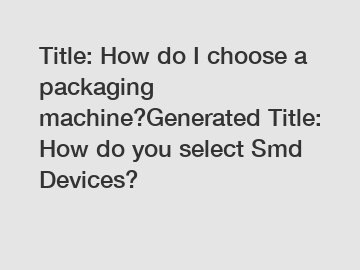
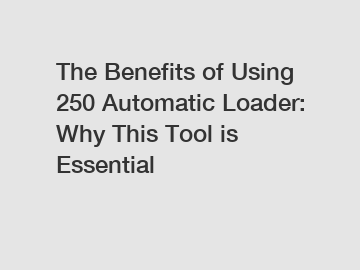
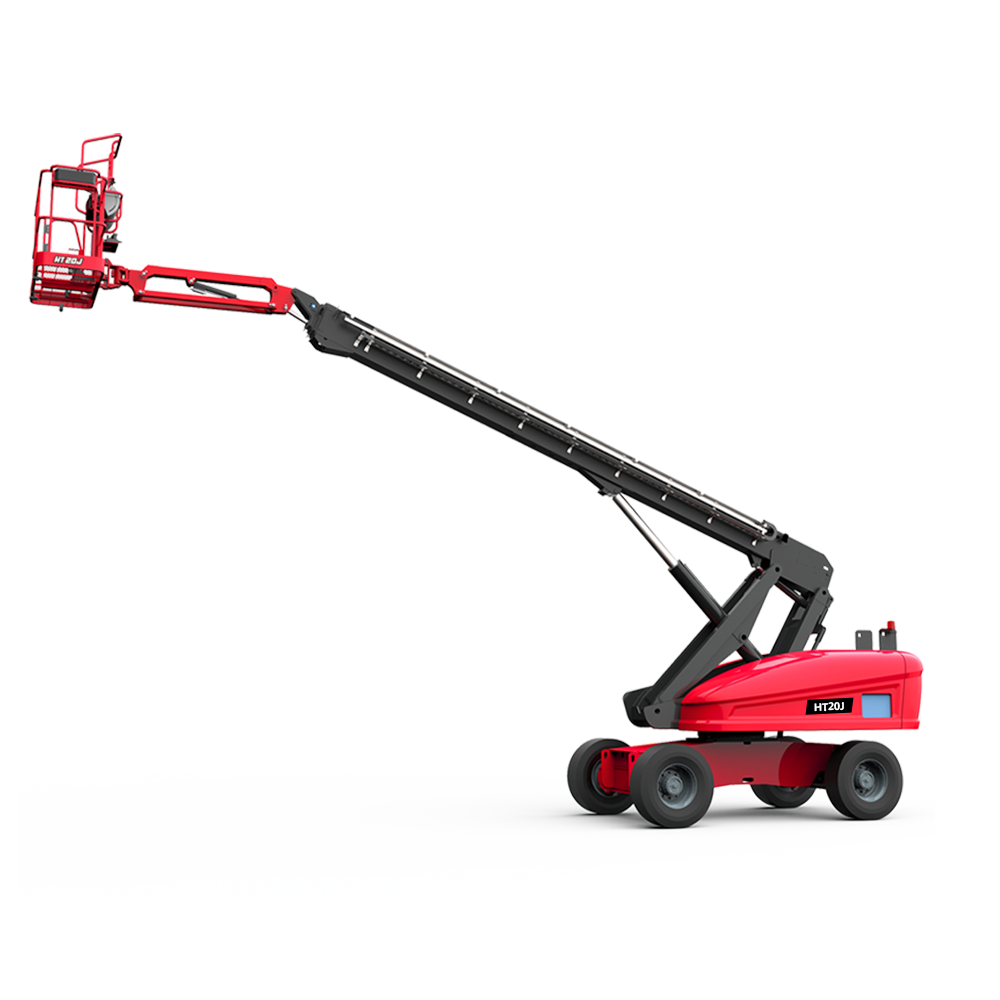
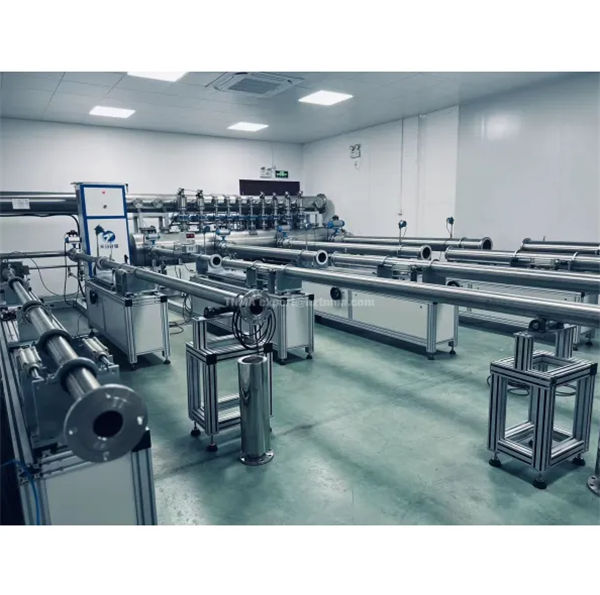

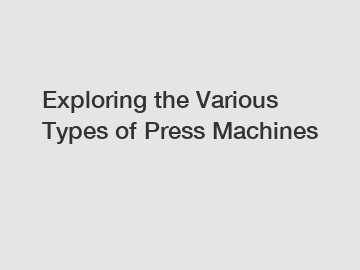
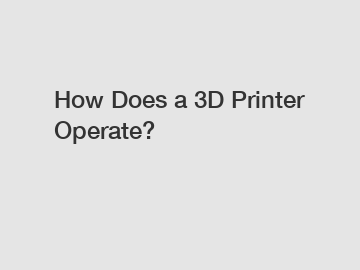
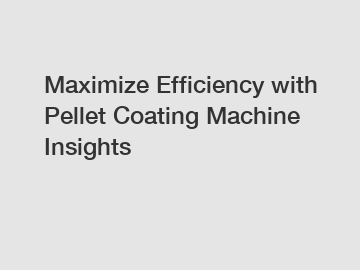

Comments